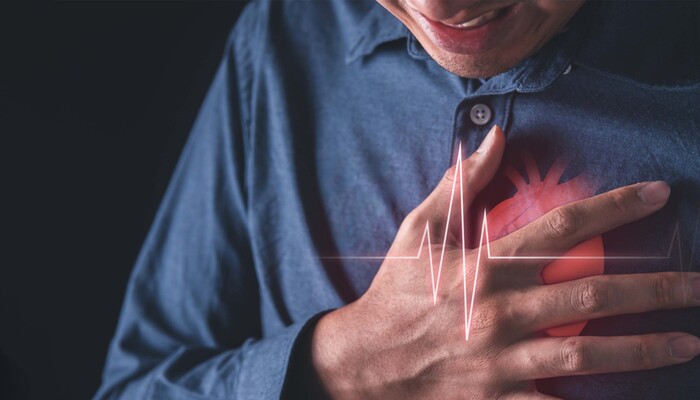
Heart attacks, also known as myocardial infarctions, are among the leading causes of death globally — and Pakistan is no exception. While most people associate heart attacks with dramatic chest pain, the truth is that the symptoms can be subtle and often misunderstood. Recognising these early warning signs is crucial for saving lives.
A heart attack occurs when blood flow to the heart muscle is blocked, usually by a blood clot or buildup of cholesterol. The longer the heart is starved of oxygen, the more damage it suffers — which is why early medical intervention is critical.
PSX Hits Record High as Bull Run Continues Amid Macroeconomic Optimism
Chest Pain and Shortness of Breath
The most common symptom of a heart attack is chest pain or discomfort. This may feel like pressure, tightness, squeezing, or a heavy weight in the centre or left side of the chest. It often lasts more than a few minutes and may come and go. People sometimes mistake this for indigestion, especially if it’s mild.
Shortness of breath is another major warning sign. It may occur with or without chest pain and is often described as feeling like you can’t catch your breath — even when sitting still. This symptom should not be ignored, especially in people with heart disease risk factors like diabetes, high blood pressure, or obesity.
Pain or discomfort in other areas of the upper body is also common. This can include pain in one or both arms, the back, neck, jaw, or stomach. In some cases, this pain feels like an ache or pressure and may appear suddenly or gradually increase.
Silent Heart Attack Symptoms in Women
Not all heart attacks come with dramatic symptoms. In fact, many are so-called “silent” heart attacks, where the signs are mild or unrecognised. These are especially common in women, elderly patients, and people with diabetes. That makes awareness even more important.
Women, in particular, may experience heart attack symptoms differently. While chest pain is still common, women are more likely to have additional signs such as:
Extreme fatigue
Nausea or vomiting
Dizziness or light-headedness
Sweating without exertion
Pain in the lower chest or upper abdomen
Because these symptoms are not always recognised as heart-related, many women delay getting help — a dangerous mistake that can cost lives.
When to Seek Immediate Medical Help
If you or someone around you shows signs of a heart attack, don’t wait. Call emergency services immediately. Time is muscle — the sooner treatment begins, the more heart tissue can be saved.
Doctors recommend chewing an aspirin (if not allergic) while waiting for emergency responders, as it helps reduce blood clotting. However, never try to drive yourself to the hospital — always seek professional emergency care.
Prevention is equally important. Regular checkups, controlling blood pressure and cholesterol, quitting smoking, eating a heart-healthy diet, and exercising regularly can significantly reduce the risk of heart attack.
In a country like Pakistan, where access to healthcare can be delayed, recognising these signs early could mean the difference between life and death. Be aware. Be prepared. It might just save a life — maybe even your own.
Follow us on Instagram, YouTube, Facebook,, X and TikTok for latest updates




